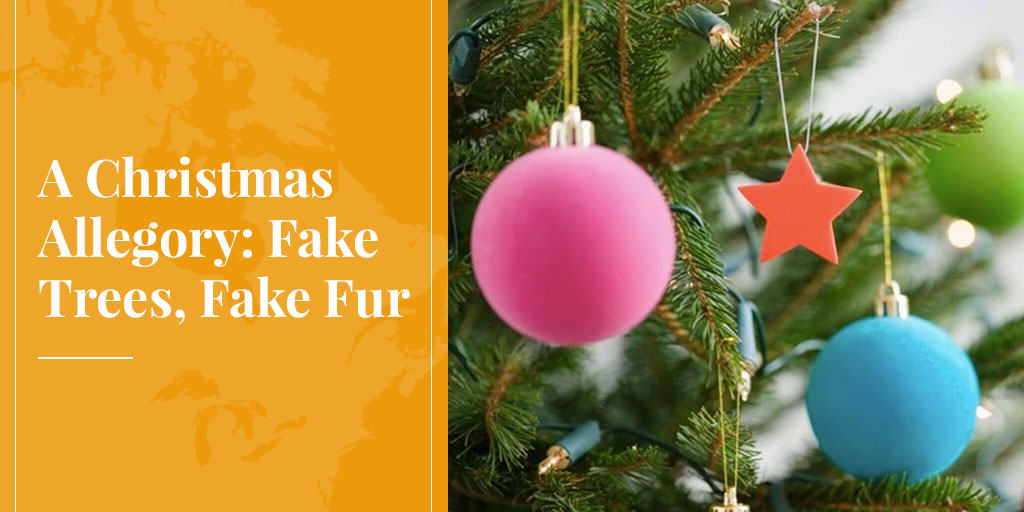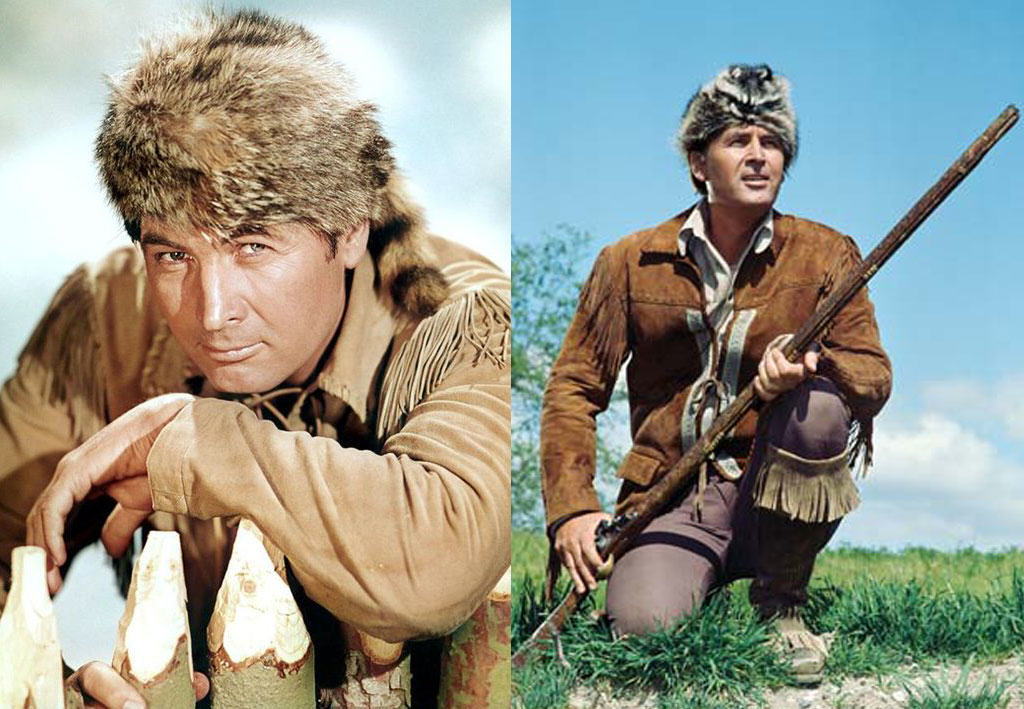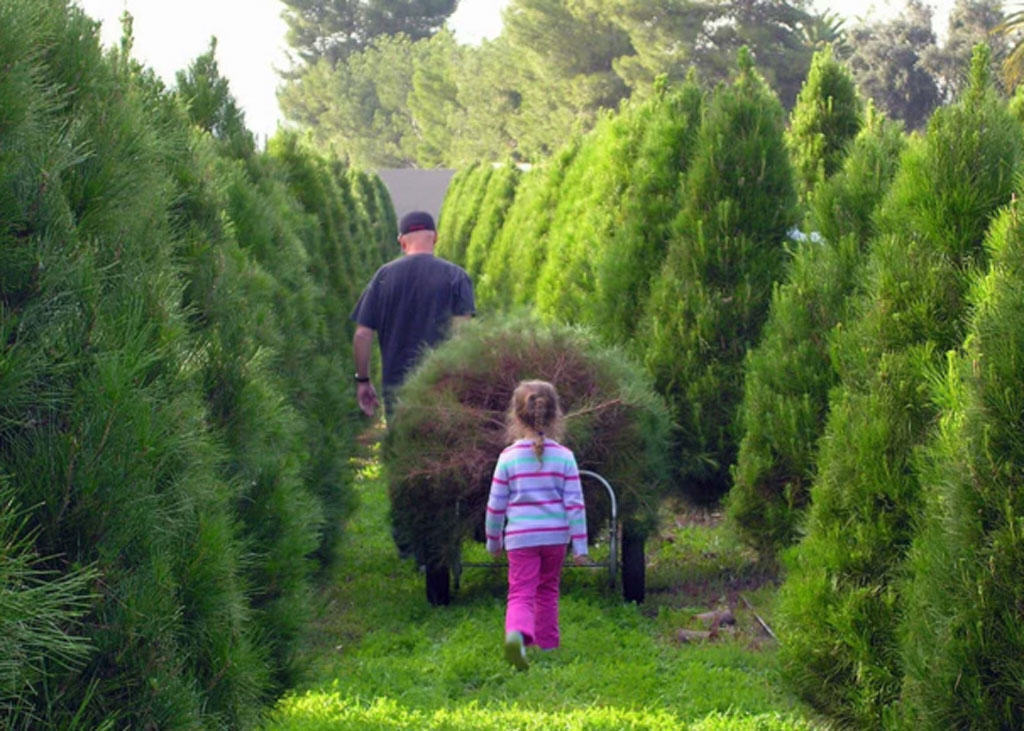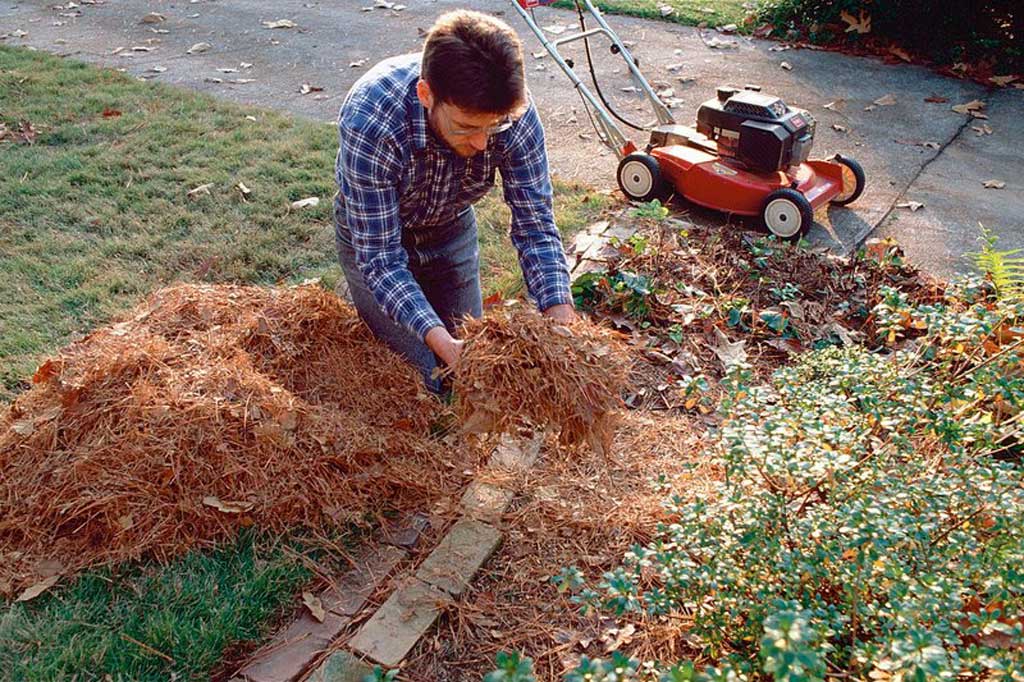
It’s Christmas time so, for a change of pace, let’s wander off the topic of fur, and on to Christmas trees. So which are best for the environment, real trees or fake trees? You may find some of the arguments familiar!
We are flies on the wall at the dairy farm of Fred and Mary in upstate New York, where son Nick is visiting for the festive season along with his wife, Nancy. Since Nick grew up on the farm, he knows all about milking and mucking out, but Nancy is a city girl from Rochester, where she works as a personal lifestyle coach.
“A what?” Fred and Mary had asked the first time they’d met Nancy. In the years since, good-natured goading had become a part of Christmas family tradition, but it was always a two-way street because Nancy’s knowledge of nature was as pitiful as Fred and Mary’s knowledge of city life.
“Why must your cows be pregnant when you’re just using them for milk?” she’d asked one year. “And how is it even possible? They’re all female!”
This year, with a couple of days to go to Christmas, they all climbed in Fred’s truck to see a friend who had a beautiful tree picked out for them. In the back seat, Nancy lovingly caressed her early gift from Nick, a big, bouncy, faux fur fox hat. Behind the wheel, Fred proudly wore his Daniel Boone hat, made by a local artisan from a roadkill raccoon Nick had run over.
“Faux? That means fake, right? Plastic?” Fred asked Nancy, knowing perfectly well what it meant. “Well at least it hasn’t got rabies!” Nancy shot back, pointing at Fred’s head. “For the umpteenth time, my hat does not have rabies!” Fred began, before Mary intervened. “You both look lovely!” she pleaded.

Shortly after, they were headed home with a spectacular nine-foot spruce hanging off the flatbed. Fred and Mary were beaming, while Nick looked anxiously at his wife. She was bursting to say something!
“Poor tree,” she muttered, and Fred eased off the gas. “Come again?” he said. “Uh oh,” said Mary and Nick.
“Why can’t you just get an artificial tree?” said Nancy. “You know, save the planet?”
Fred stroked the tail of his raccoon hat meaningfully.
“If everyone bought a real tree,” continued Nancy, “soon there wouldn’t be any left – like what’s happening in the Amazon.”
“Seriously?” responded Fred. “That’s like saying we’ll run out of carrots if too many people eat them. That was a farm we just visited, and each year my friend plants saplings to replace the ones he’s sold. His family’s been doing it for forty years, and they’ve got more trees now than when they started! Some trees do come from forests, but even those are managed so they don’t run out.”
“But why take the chance?” said Nancy. “If we need more artificial trees, we just make more. They’ll never run out.”
“Never? It’ll take a long time,” conceded Fred. “But most fake trees are made of PVC, and one of the ingredients for making PVC is oil. That’s a non-renewable resource. So if anything won’t run out, it’s real trees.”

Nancy rallied fast. “But real trees are so wasteful. After just a few weeks you’ll throw yours in the garbage, while mine will last for years.”
“Actually, we use our trees for all sorts of things,” explained Fred. “Mary puts the branches on the flower beds to insulate the plants against frost. I chop up the trunks for firewood. And there’s a truck that collects them too, and puts them in the chipper to make mulch for the parks. And even if they just get tossed on the garden, they just become worm food. Like you say, PVC trees will last for years, but they’ll still end up in landfills, polluting groundwater for the next thousand years.”
“Heh, artificial trees can be recycled too!” said Nancy.
“That’s true. PVC is easy to recycle once or twice,” conceded Fred, “but it weakens with time and most still ends up in landfills, and it doesn’t biodegrade – it doesn’t become worm food. A lot is also mixed in with household waste and is incinerated to produce electricity, but that releases harmful dioxins into the atmosphere.”
SEE ALSO: Santa wears fur “from his head head to his foot”
Carbon-Neutral Purchase
“In fact,” he continued, “since we’re on the subject of pollution, greenhouse gases are emitted during the making of fake trees, but buying a Christmas tree from a farm is a carbon-neutral purchase.”
“A what?” spluttered Nancy.
Nick took pity on her. “Trees sequester carbon dioxide, right? They absorb it and store it. Now carbon dioxide is a greenhouse gas, and if we cut down all the trees, it would be released back into the atmosphere, worsening global warming. But each time a farm cuts down one tree, it replaces it with another, so on balance, no carbon dioxide is released into the air. So it’s a carbon-neutral purchase.”
Nancy glared at him. “How about a divorce? Is that carbon-neutral?” Nick stifled the urge to laugh. “Sorry, dear. I’ll be quiet.”

“So how about all those people driving out to tree farms in their gas-guzzling trucks to buy their trees?” asked Nancy. “Or are they all driving Teslas? I don’t think so!”
“Nancy dear, they don’t drive Teslas when they go to the mall to buy a fake tree either,” interjected Mary in her best peacemaker tone. “More importantly, real trees are farmed close to consumers, while your fake tree probably came all the way from China. So the greenhouse gases involved in shipping fake trees are much higher. Right, Fred?”
Fred grunted, sensing he’d said enough.
“Well, how about the cost to you personally?” Nancy asked Mary, mimicking her sweet tone. “Each year, you spend $100 on a tree that lasts a few weeks. I bought mine for a little more, but it’ll last for 20 years.”
“Bingo!” said Fred, unable to keep his mouth shut. “And that’s the only reason for buying a fake tree. It’s cheap. But in the long term, there’s a price we all have to pay. Real trees are sustainably produced and don’t harm the environment. But fake trees are unsustainable and polluting.”
“Stop the car, Dad! Dead raccoon!” shouted Nick suddenly. “Are you sure you don’t want a hat like Dad’s, Nancy?”











Thank you for sharing
Nature is ALWAYS better.
We all know that nature is beautiful, fantastic, like her materials we receive from her. Here we should not imitate nature and produce everything from plastics. Whether trees, furs, other materials, we should use the natural things and enjoy them.